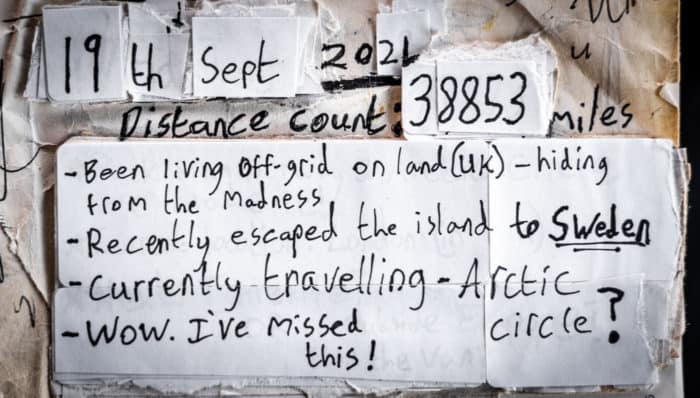In this post I got over how I fixed this boiler up to work in my van. The gas wasn’t burning properly and was quite unsafe. This is to heat the water for the shower–see shower post
I knew nothing about water heaters or boilers before taking this apart and had a lot of questions to which a lot of my answers were along the lines of ‘if your asking that then you shouldn’t be messing about with it’. But messing about with it is EXACTLY what I need to do. Now I know this works and I can use it safely how I want.

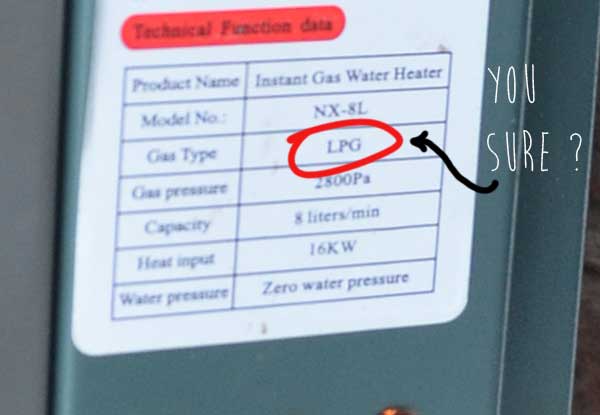

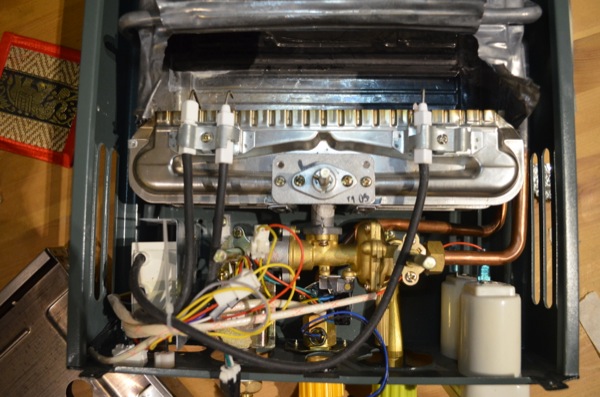
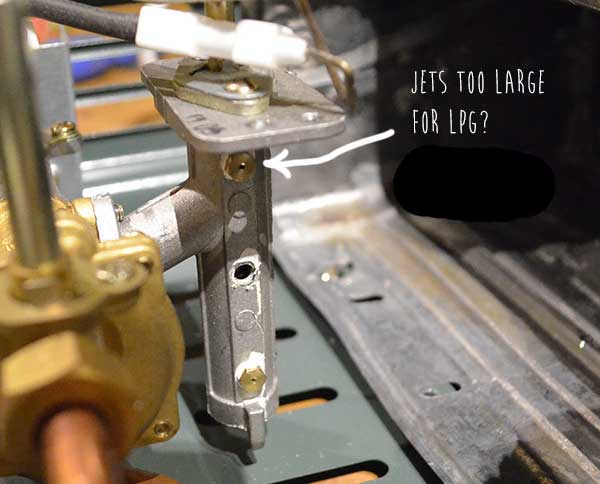

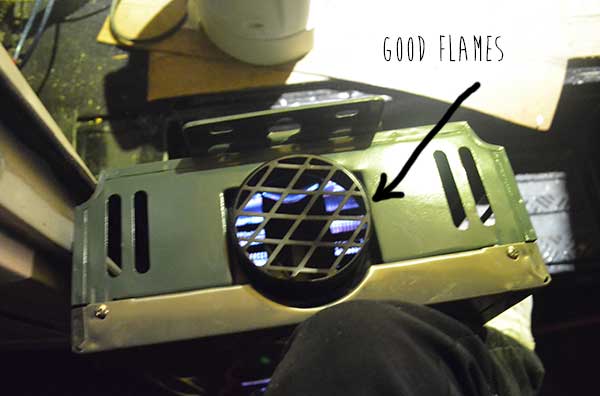
Update: I contacted all the suppliers of this boiler I could find and none could help me find some replacement LPG jets so went for the next option – upgrade the masking tape for aluminium tape.

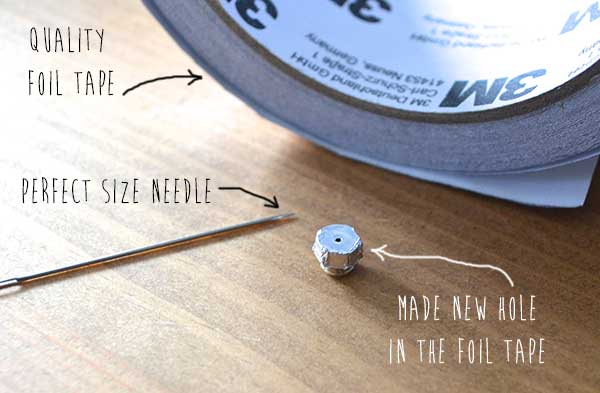
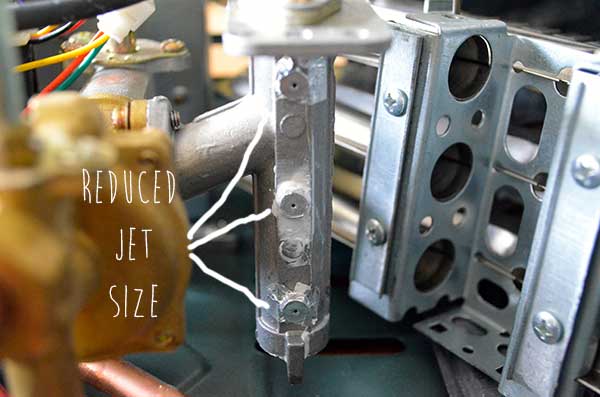
Conclusion – should I use this heater?
These heaters work really well. The water heats up in seconds and the boiler only operates when the tap is open. No storing of water and waiting 20 minutes for water to heat up just so you can wash your hands. This is a neat and convenient little heater but should only be used for intermittent use (washing etc).
Potential safety risks with this type of boiler:
- open flue–uses oxygen from room and may also vent CO if the flames do not burn properly
- when used with a self priming pump, a leak after the output of the heater may be enough to engage the flow switch and turn the boiler on inadvertently
- outer housing can get rather warm due to its very compact size–they’ve squeezed it all in.
- has to burn a lot of gas to quickly get the water hot
The heater will only be used for a minute or 2 at a time–fill sink with hot water or wash hands. The amount of oxygen in the room it uses up will not be significant in that amount of time. A 12v extractor fan is also fitted to the roof for air ventilation and gases are vented through a fixed flue in the roof.
People seem to get very upset about these types of water heaters in vans but I think it all depends on how it is used. Let’s not forget about the gas hob–the flames are not contained, is used for longer periods and a lot easier to leave switched on. That’s more dangerous in my opinion.
I’m going to see how I get on with this water heater and if I find my self using a lot more hot water then I’ll look at other options.






